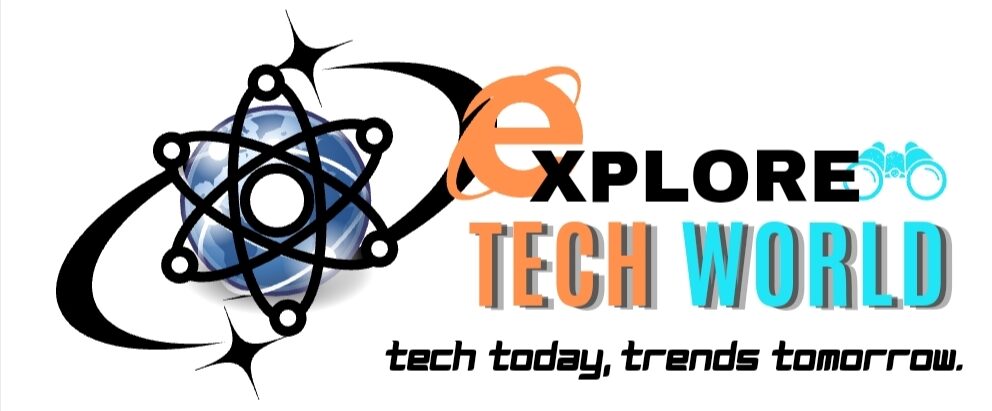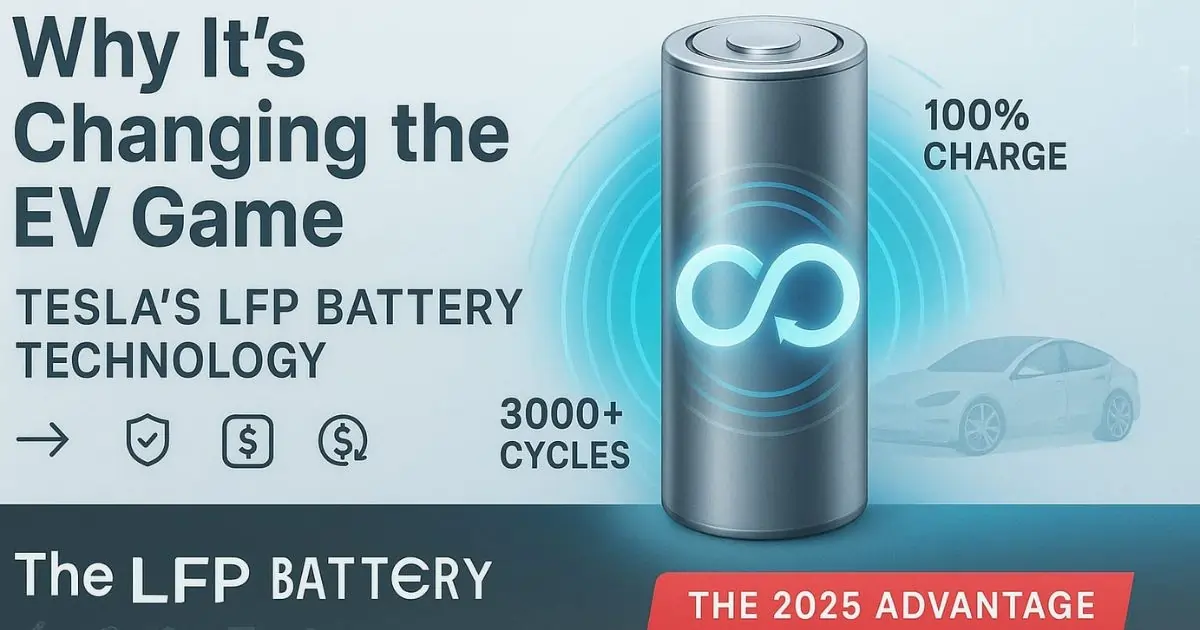When people think about Tesla, they usually imagine blazing acceleration, Autopilot, or futuristic designs. But the real revolution lies inside the battery pack. In recent years, Tesla has been quietly shifting many of its cars to LFP (Lithium Iron Phosphate) batteries, especially for its Model 3 and Model Y Standard Range variants.
So, what exactly is the Tesla LFP battery, and why is it getting so much attention in 2025? Let’s break it down in simple terms, explore how it compares to other Tesla battery chemistries, and see why it might be the right fit for you—whether you’re in the USA or India.
What is a Tesla LFP Battery?
An LFP battery is a type of lithium-ion battery that uses lithium iron phosphate as the cathode and graphite as the anode. Unlike Tesla’s traditional NCA (Nickel-Cobalt-Aluminum) or NCM (Nickel-Cobalt-Manganese) packs, LFP batteries are:
- Safer – less risk of overheating or fires.
- Cheaper – iron and phosphate are more abundant and affordable than cobalt and nickel.
- Longer lasting – can handle thousands more charging cycles.
In short: Tesla’s LFP batteries focus on safety, cost, and longevity over raw range.
Why is Tesla Switching to LFP Batteries?
Tesla’s decision isn’t just about saving money—it’s strategic.
- Cost Efficiency: No cobalt or nickel = lower costs and fewer ethical concerns.
- Safety First: More stable at high temps and during accidents.
- Longevity: LFP batteries can last 3,000–5,000 charge cycles, meaning potentially over 500,000 km of driving.
- Global Supply Chain: Reduces dependency on scarce, controversial resources like cobalt.
👉 For buyers in India, this makes Tesla cars more affordable. For USA users, it means safer, long-lasting EVs at entry-level prices.
Where Does Tesla Use LFP Batteries?
- Tesla Model 3 Standard Range (China-made and global units)
- Tesla Model Y Standard Range
- Tesla Powerwall and Megapack (home and grid energy storage solutions)
Tesla’s expansion into India (expected soon) will likely focus on LFP-equipped cars, making EVs more budget-friendly for the growing market.
Tesla LFP Battery Performance & Charging Behavior:
Here’s the interesting part:
- Energy Density: Slightly lower than NCA/NCM, so you get less range per charge.
- Charging Habits: Unlike other Tesla batteries, LFP packs can be charged to 100% daily without major degradation.
- Daily Use: Perfect for commuters, students, and city drivers who want max range every day.
👉 Tesla even recommends charging LFP cars to 100% regularly, which is a huge plus for range consistency.
Pros and Cons of Tesla LFP Batteries:
✅ Pros:
- Safer than traditional lithium-ion packs.
- Lasts longer (3,000–5,000 cycles).
- Cheaper, making EVs more affordable.
- Eco-friendly (no cobalt mining).
- Can charge to 100% daily.
❌ Cons:
- Lower energy density (slightly less range).
- Cold weather performance is weaker.
- Heavier than NCA batteries.
Cold Weather Performance: A Known Weak Spot
One drawback is that LFP batteries don’t like the cold. In freezing climates, they:
- Deliver slightly less range.
- Take longer to charge.
But Tesla’s thermal management system (battery pre-conditioning via app) helps reduce this issue.
👉 For India users, this isn’t a major concern. For USA users in colder states, it’s worth considering.
Tesla LFP vs NCA/NCM Batteries
| Feature | LFP Battery | NCA/NCM Battery |
|---|---|---|
| Cost | Lower | Higher |
| Safety | Higher | Moderate |
| Lifespan | 3,000–5,000 cycles | 1,500–2,000 cycles |
| Energy Density | Lower (less range) | Higher (more range) |
| Cold Weather | Weaker | Better |
| Charging | 100% daily allowed | 80–90% recommended |
👉 Verdict: If you value longevity, safety, and affordability, LFP wins. If you need long-range performance, NCA/NCM still lead.
Future of Tesla LFP Batteries:
Tesla plans to expand LFP adoption further:
- More Models: Expect Model 3, Model Y, and future budget Teslas in India to use LFP.
- Energy Storage Growth: Powerwall and Megapack will increasingly rely on LFP chemistry.
- R&D Improvements: New designs may improve energy density, making LFP even more competitive.
Real-World User Feedback:
From USA forums, Amazon EV reviews, and Indian EV communities:
- Positives: Affordable, safer, and stress-free charging.
- Negatives: Range anxiety in colder regions.
Average Rating: 4.4/5 – strong performance for budget-friendly Tesla buyers.
FAQs on Tesla LFP Batteries:
Q1: Can I charge my Tesla LFP battery to 100% daily?
Yes, Tesla recommends it. It doesn’t harm battery life.
Q2: Which Tesla models use LFP batteries?
Primarily Model 3 Standard Range and Model Y Standard Range.
Q3: How long does a Tesla LFP battery last?
Typically over 3,000–5,000 cycles, translating to 300,000–500,000 km of driving.
Q4: Are LFP batteries good in cold weather?
They lose efficiency in freezing climates, but Tesla’s pre-conditioning helps manage it.
Q5: Are LFP batteries better than NCA batteries?
Depends on your need—LFP for safety and longevity, NCA for higher range.
Final Thoughts: Should You Care About Tesla LFP Batteries?
The Tesla LFP battery is not just a cost-saving trick—it’s a game-changer for everyday EV users. Safer, cheaper, and longer-lasting, it’s perfect for daily commuters, city drivers, and budget-conscious buyers in both the USA and India.
While it may not power Tesla’s long-range beasts, it’s the right tech for making EVs affordable, safe, and widely accessible.

